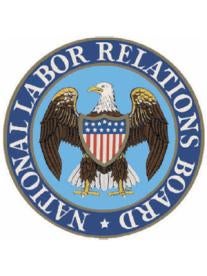Earlier this week, the NLRB made official a less stringent standard on joint employer liability, returning to a decades old approach which had been applied until the NLRB’s decision in 2015 which made the standard less predictable and more difficult for employers. Returning to the 2015 standard offers greater clarity, stability, and precision as to the circumstances whereby a business will be held jointly and severally liable for violations of federal labor law by another business. The new standard goes away from the more-relaxed, abstract test which brought more contractors, franchisers, and employers into labor disputes and negotiations as “joint employers,” and requires actual control to be exerted over the employment relationship to warrant a finding of joint employment.
The Prior State of the Law
In 2015, the NLRB ruled that a business was a joint employer if its control over the essential terms and conditions of another business’ employees was merely indirect, limited and routine, or contractually reserved but never exercised. This broad standard made it more likely that businesses would be liable for actions of franchisees and subcontracted workers. It also made it more incumbent on businesses to bargain collectively with employees of its contractors or franchisees. The standard proved to be untenable and, most troubling, unpredictable.
The New Standard
President Trump’s NLRB quickly signaled its intention to reverse course and return to the standard which had been in place for decades before 2015. The rule now requires that a business exercise substantial direct and immediate control over one or more essential terms and conditions of employment of another business’ employees in order for it to be deemed a joint employer. Essential terms and conditions of employment include wages, benefits, hours of work, hiring, discharge, discipline, supervision, and direction. The new rule defines the key phrase “substantial direct and immediate control” as control which “has a regular or continuous consequential effect on an essential term or condition of employment of another employer’s employees.” Such control is not “substantial” if it is only exercised on a sporadic, isolated, or de minimis basis.
The implementation of the new rule will reduce litigation and litigation costs because it makes it less likely that a business will be found jointly and severally liable for another business’ unfair labor practices or will be required to bargain collectively with the employees of another employer. The implementation will also clarify for unions with whom they can collectively bargain.
In conclusion, this new rule scraps the 2015 standard which permitted joint employer status based solely on indirect influence or a contractual reservation of a right to control that had never been exercised, which burdened businesses and lacked predictability in application. The rule was formally published in the Federal Register on February 26. It will go into effect April 27, 2020.





 i
i


